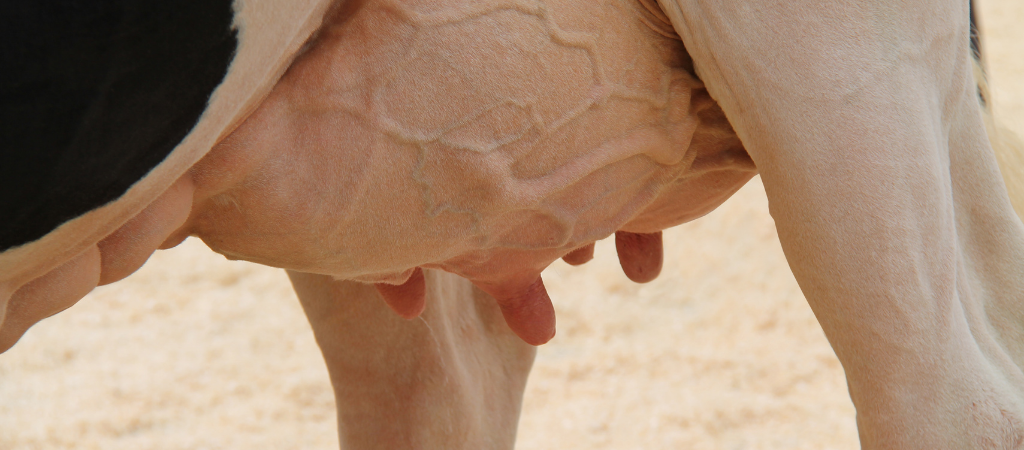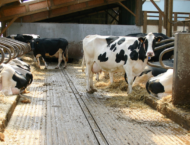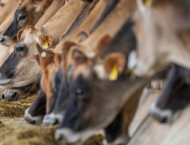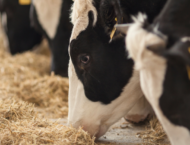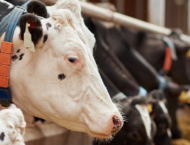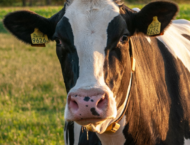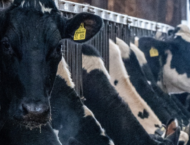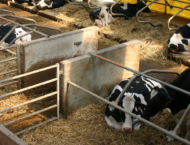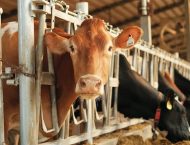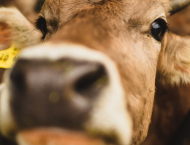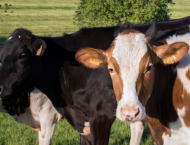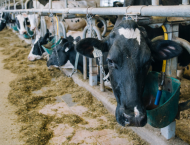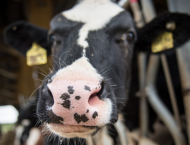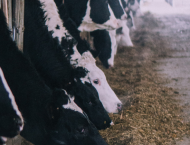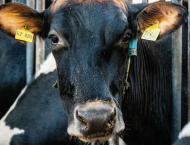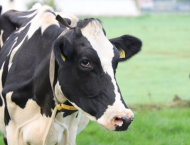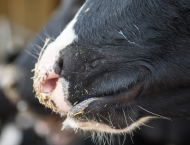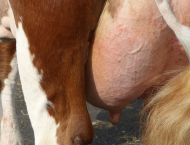Somatic cell count (SCC) is a key measurement for understanding the status of a cow’s udder health, including the prevalence and incidence of subclinical mastitis. Intramammary infection (IMI) significantly influences milk SCC.
Scientific literature1 reports that when SCC exceeds 200,000 cell/mL, it is a strong indication of IMI. Therefore, assessing monthly SCC is a strategic management tool for resolving increased bulk tank SCC (BTSCC).
As documented in the Hoard’s Dairyman webinar held in October 2020, sometimes milk cultures test negative. This commonly occurs because the immune system of a cow has reduced the infecting microorganisms below normal lab detection limits.
It should be noted that increased SCC can also be caused by non-bacterial disorders affecting the udder tissue as a result of changes in environmental conditions, nutritional disorders, stressful conditions, microtraumas, and so forth.
Unfortunately, a compromised mammary tissue is more susceptible to bacterial attack. In a normally healthy udder, these bacteria would not cause major issues. Thus, it is important to evaluate the pattern of recently and chronically increased SCC values: at the herd-level, this can be hugely indicative for the resolution of high BTSCC.
The signs of subclinical mastitis are clear: milk is high in SCC, but there are no observable changes at the cow, udder, and milk level2.
Milk culture tests are useful for suggesting how to treat cows. However, chronically high SCC values in some cows are confusingly similar to those related to subclinical mastitis, but they are actually different.
In addition to high SCC scores for more than four months, these cows do not show clinical signs of mastitis, but they can relapse (if mastitis has occurred in previous lactations). Alternatively, they are multiparous and usually highly producing cows in late lactation (7 or 8 months after calving) with possible intramammary tissue stress.
In this case, an antibiotic treatment would be totally ineffective because the SCC would immediately decrease under the threshold level (200,000 cell/mL), but then increase again after a few days because the teat tissue is still not improved.
Dealing with high SCC is hard work. Good mastitis management practices utilize a multidisciplinary approach focused on prevention and targeted actions for infected animals. And sometimes, when cows become chronically infected, the best option is culling.
However, before culling, we can give OZOLEA-MAST a shot. Depending on the causes generating high SCC, OZOLEA-MAST allows the mammary tissue to autonomously regenerate, thus improving udder functionality.
The result of tissue regeneration is a reduction in epithelial flaking (flaking cells) and a better defensive action against pathogens.
The result of tissue regeneration is a reduction in flaking cells and a better defensive action against pathogens. This is due to better performance of the improved tissue condition.
To support the efficacy of OZOLEA-MAST at its best, OZOLEA provides dairy farmers with the right protocol in this situation (Protocol M3 – Udder, lactation: chronically high somatic cell count).
How can it be used when dealing with chronically high SCCs?
First, identify the sensitive quarter with high SCC but no clear symptoms of mastitis, then proceed with milking as usual. At the end of milking, open the cap of the applicator and gently insert the plastic teat-safe needle into the teat canal. Gently push the piston and let the product enter the teat canal. Extract the applicator and gently rub.
Repeat the application after each milking for 4 days. Check the SCC 8 days after the last application.
In this case, the SCC will not dramatically drop below the threshold limit (200,000 cell/ml). Depending on the initial value, the SCC will gradually decrease over time. Thus, repeating the protocol twice would help further reduce SCC, while continuining shipping the milk.
1 P.L. Ruegg, J.C.F. Pantoja Understanding and using somatic cell counts to improve milk quality, 2013, Irish Journal of Agricultural and Food Research 52: 101–117, 2013
2 Early detection of mastitis: signs at cow, udder and milk level.
https://www.ozolea.it/early-detection-of-mastitis-signs-at-cow-udder-and-milk-level/
We discussed about this issue in a Hoard’s Dairyman Guest Blog: “Dealing with chronically high SCC in lactating cows”
https://hoards.com/blog-29605-dealing-with-chronically-high-scc-in-lactating-cows.html

